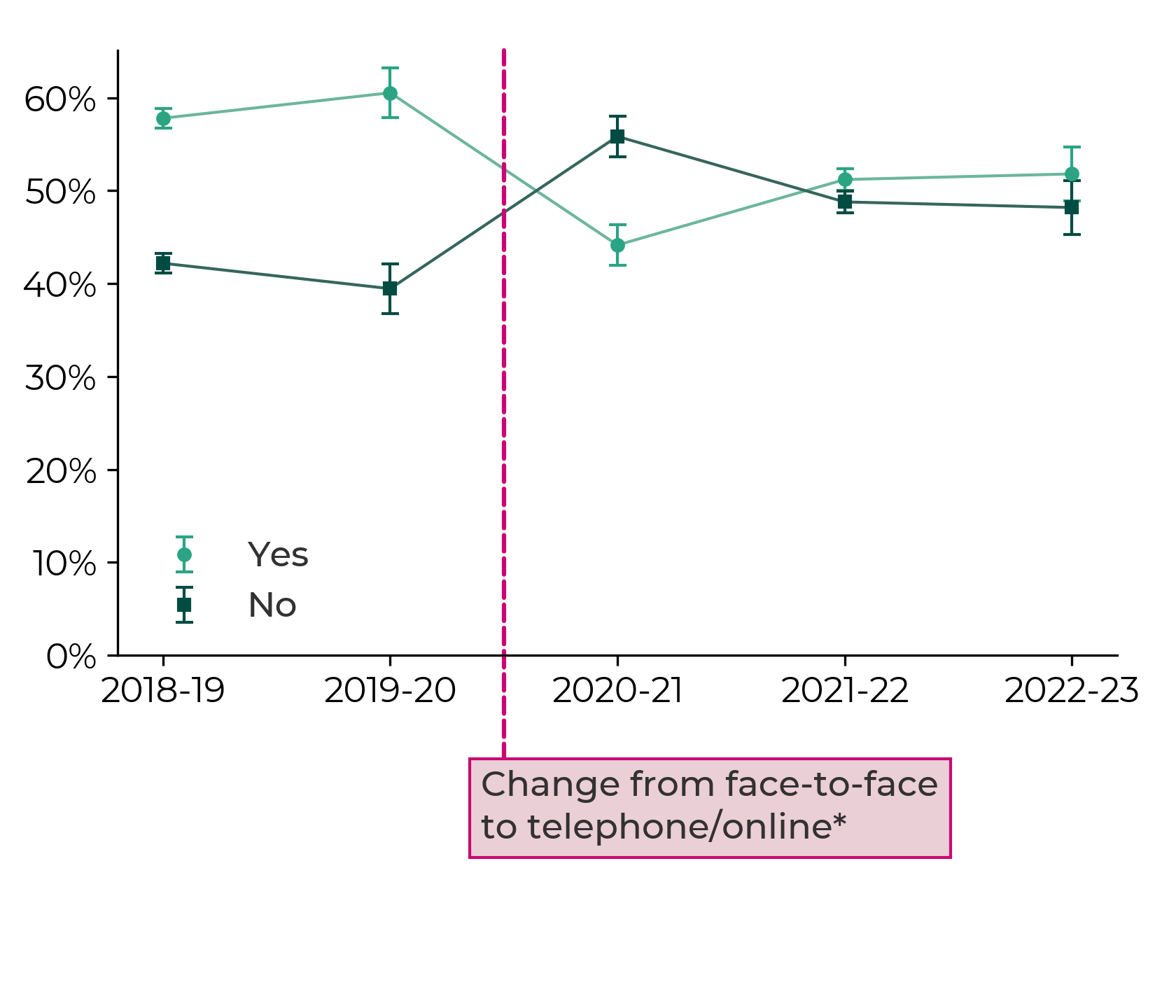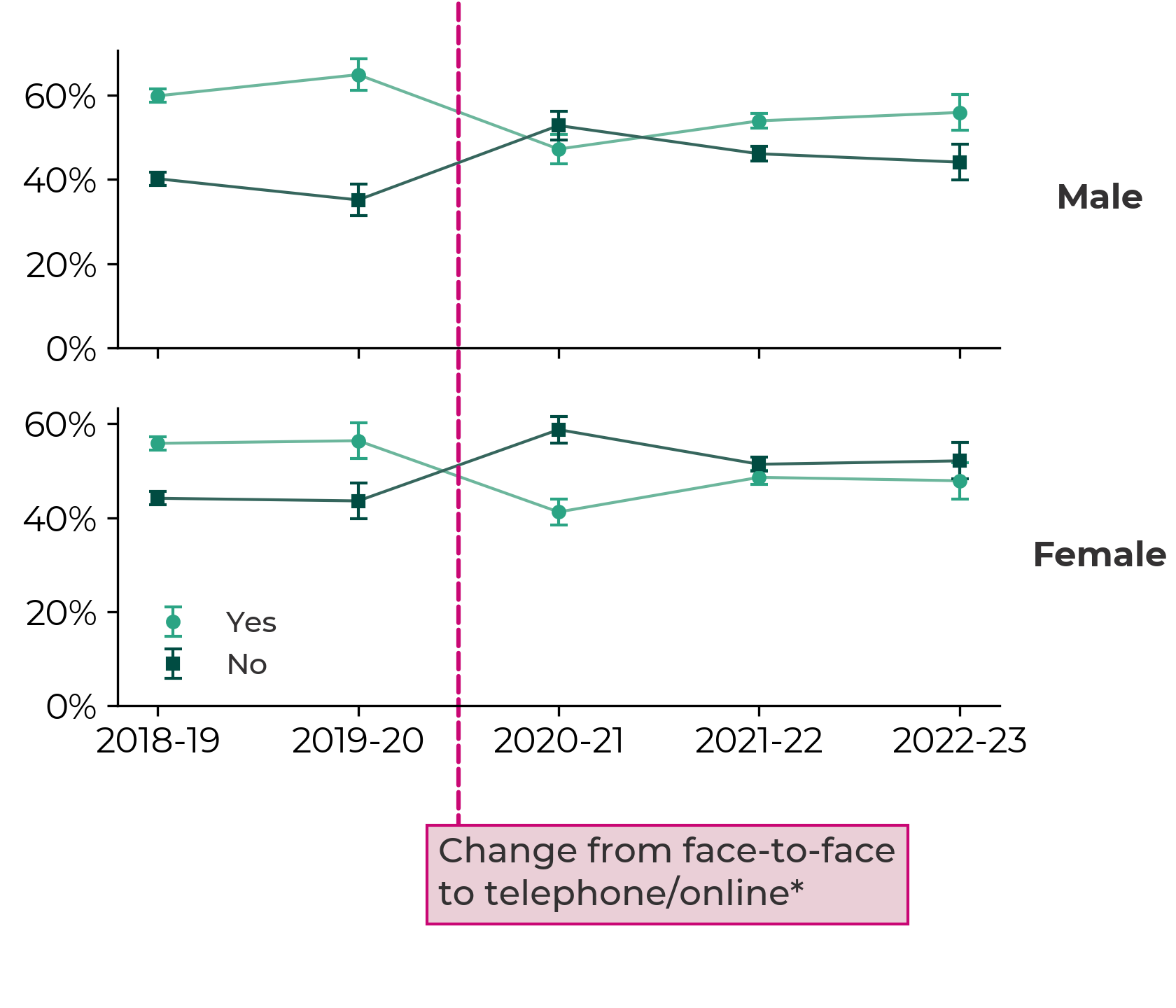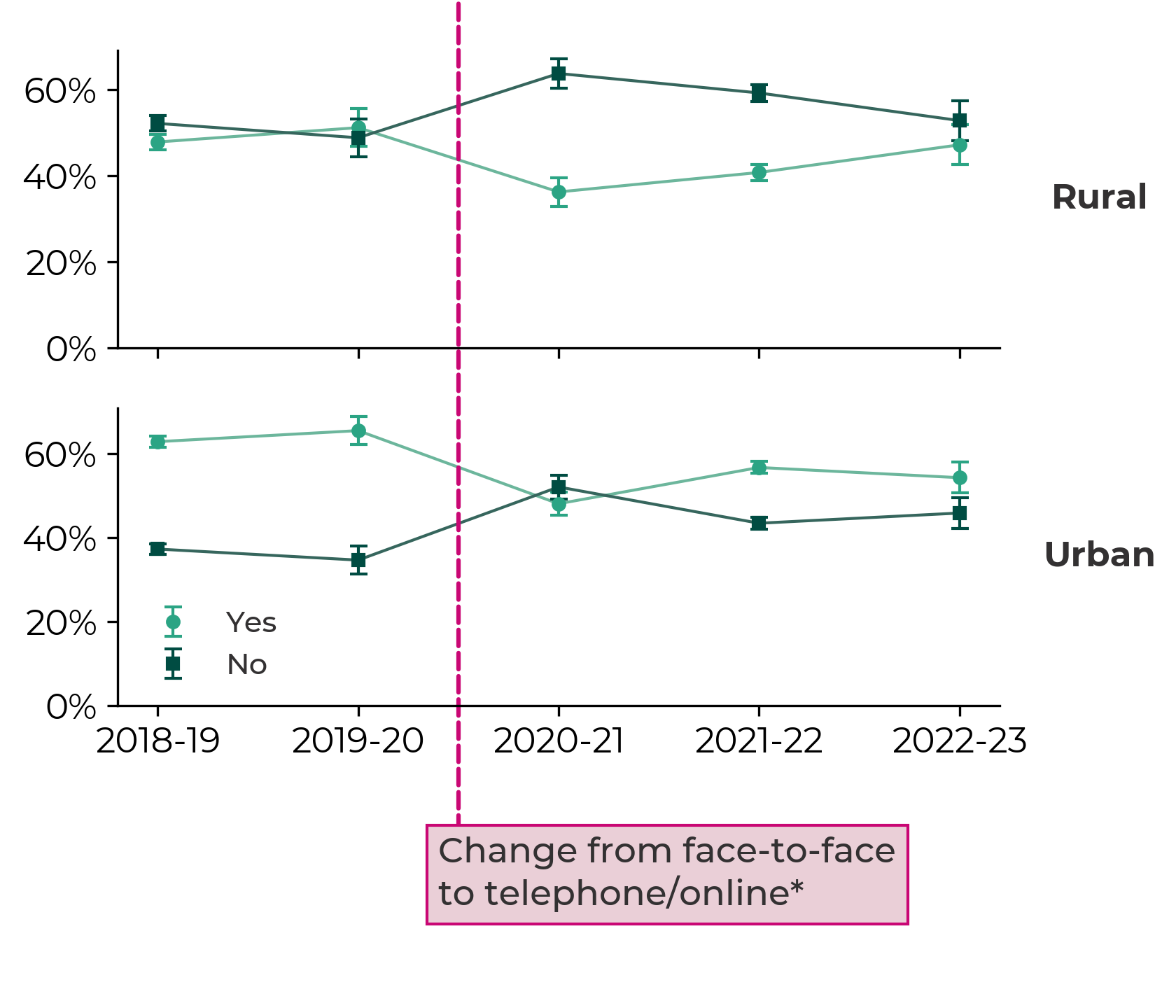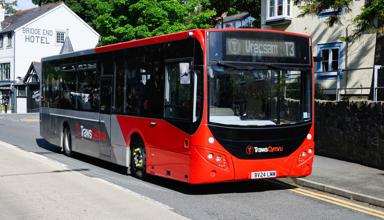Early October saw Members, stakeholders and supporters come together to mark the ten year anniversary of the Active Travel (Wales) Act being passed unanimously by the Senedd. Described by Sustrans in 2013 as “pioneering legislation”, the Welsh Government set out “to make walking and cycling the most natural and normal way of getting about”.
But ten years on, has it achieved what it set out to do?
What is active travel and what are the benefits?
‘Active travel’ refers to everyday journeys made by walking, cycling or wheeling. The Act focuses on travelling this way for a purpose, such as travel to school or work, rather than purely for leisure.
It’s the cheapest and greenest form of transport making it the most accessible and climate-friendly mode. Evidence from multiple UK longitudinal population studies has found that active travel helps maintain and improve both physical and mental health across an individual’s life.
A 2022 World Health Organisation (WHO) report also found that active commuting is associated with around a 10% decrease in risk for cardiovascular disease and a 30% decrease in type 2 diabetes risk.
Sustainable transport charity Sustrans’ report on active travel and the cost-of-living suggests that, in addition to helping individuals save money, active travel can boost economic growth. It highlights the benefits to high streets and town centres with research suggesting that walking and cycling improvements can increase local retail spend by up to 30%.
What does the Act do?
Among other provisions, it places a duty on the Welsh Government and local authorities to continuously improve active travel provision through securing new and improved active travel routes and related facilities. It also requires local authorities to prepare Active Travel Network Maps (ATNMs) every three years showing existing active travel routes, alongside new proposed routes.
How are active travel improvements funded?
Since 2018 the Welsh Government has primarily supported local authorities through its Active Travel Fund. This includes a core allocation for each authority to make small-scale continuous improvements, with the remainder of the funding subject to a competitive bidding process for larger schemes. The Welsh Government also provides funding through other mechanisms, such as the Safe Routes in Communities grant.
Back in 2016, the then Assembly’s Enterprise and Business Committee said “a lack of dedicated funding and a lack of leadership [means the]… Act is falling short of its full potential”. In 2018, the Senedd’s Economy, Infrastructure and Skills (EIS) Committee undertook post-legislative scrutiny of the Act. One of its subsequent recommendations was that Welsh Government funding should be set at £17-£20 per head per annum.
Figure 1: Welsh Government active travel funding per capita 2018-19 to 2023-4
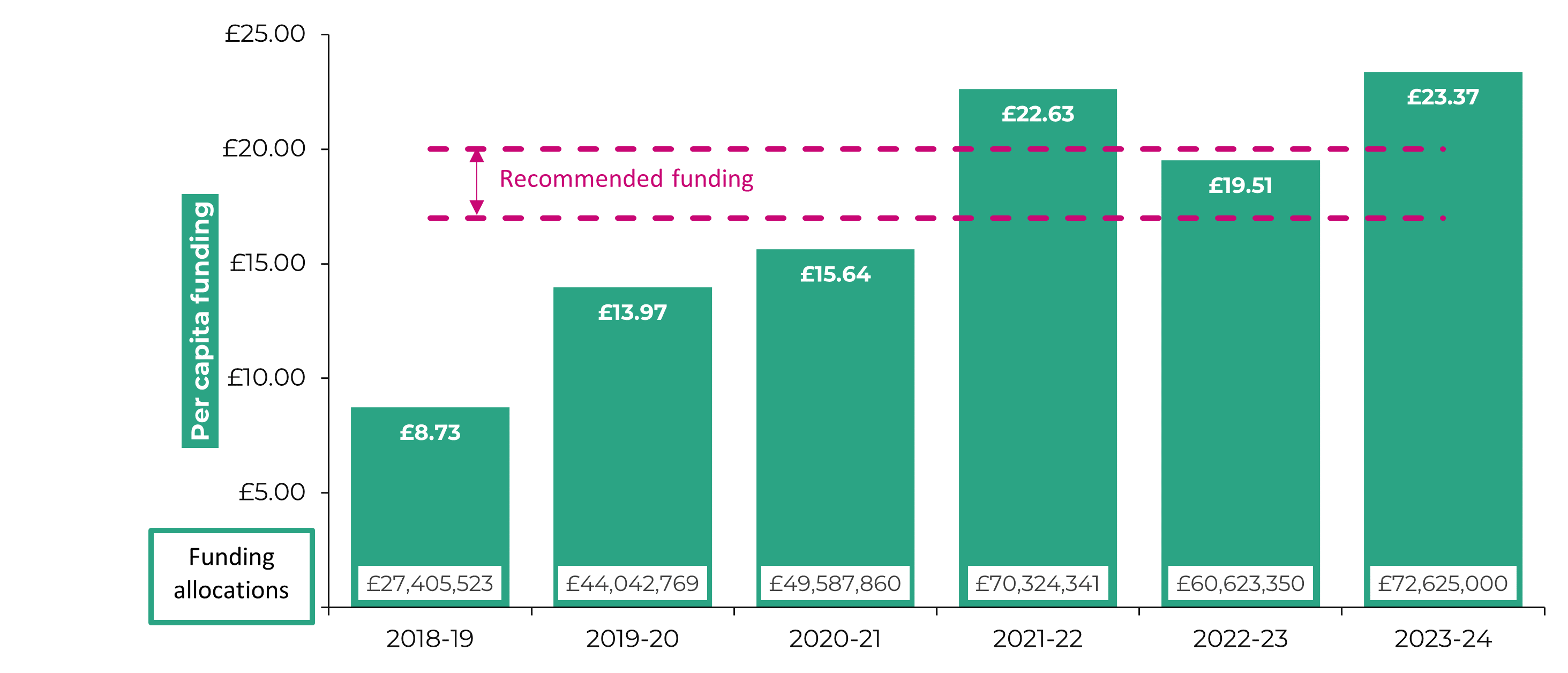
Note: The figures do not include active travel provision within wider project costs such as other public transport and multi-modal schemes, or active travel schemes funded from local authorities’ own budgets.
While this level was reached in 2021-22, the following year saw funding decrease - albeit still set within the parameters recommended by the EIS Committee. At the time, the Welsh Government said this would be a “short term reduction” and suggested total funding would be set at £80m for 2023-24 and 2024-25. On why this level was not reached for the current financial year, the Deputy Minister for Climate Change, Lee Waters MS said:
We're spending less than we had originally thought we would, and that's partly because…there are some real capacity and capability constraints across local government, and they simply haven't been able to spend all the money that we wanted them to spend.
Have active travel rates increased?
While funding has increased, this hasn’t yet translated into an increase in active travel rates.
Data collected through the National Survey for Wales for 2022-23 shows 51% of adults (age 16+) walked, and 6% of adults (age 16+) cycled at least once a week for active travel purposes.
Results explorer: National Survey for Wales - active travel
In the last three months, how often have you walked for more than 10 minutes as a means of transport?
All respondents, 2017-18 to 2022-23
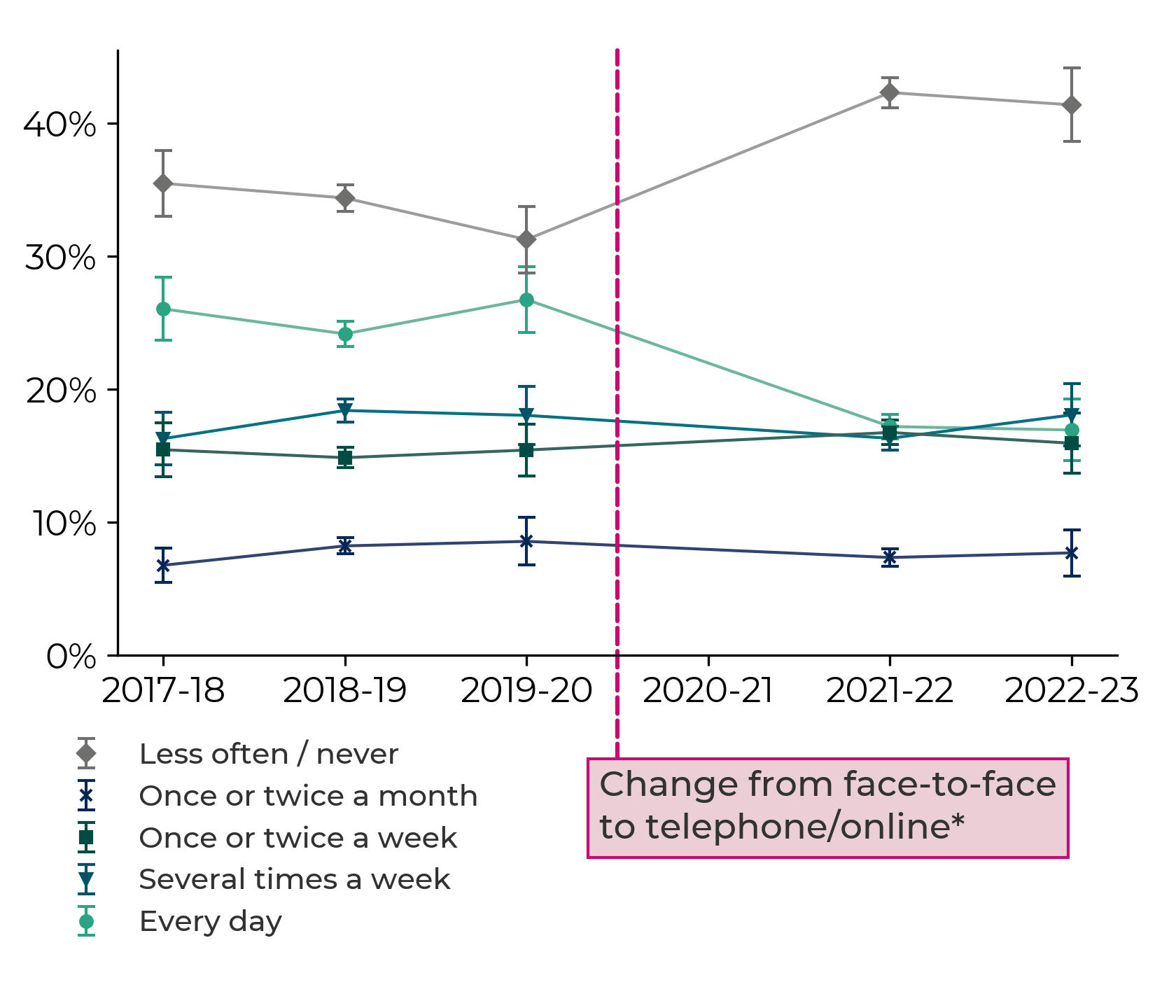
While it’s not possible to directly compare active travel rates between when the Act was passed and now, as data collection methods and sample sizes have changed, the data provides no evidence to suggest any significant increase in active travel since 2013.
What needs to change?
In 2022, the Senedd’s cross-party group on active travel’s expert review panel (the panel) said the Act “has so much to offer Wales…but we have not realised its full potential”. It made 51 recommendations, including that the active travel board should be restructured, better monitoring was needed and that a national culture change campaign should take place.
It also highlighted a need to increase active travel to school. In its recent ‘Sustainable Ways’ report, the Welsh Youth Parliament’s Climate and Environment Committeefound while there’s appetite amongst young people to walk or cycle more frequently than they currently do, “the infrastructure didn’t make this an appealing, safe, or convenient option”.
The panel’s main recommendation was for a new national delivery plan to be published by the end of 2022. The Deputy Minister has said a plan will be published shortly.
On funding, the panel acknowledged this had been a “significant area of progress in the last two years…due, in large part, to a major enhancement in the level of political will”. It’s fair to say recent Welsh Government transport policy – including its ambitious modal shift targets, roads review and default 20mph speed limits policy – points to a greater political focus on increasing active travel rates. On the latter, the Deputy Minister recently told the media, that along with reduced casualties, he was expecting to see an increase in levels of walking and cycling. He said “if we don't achieve those things then clearly the [20mph] policy will not have succeeded”.
The panel’s report suggested “at least some of the underperformance of the Act can be ascribed to weaknesses in its wording”. Attempts to address this have been made during scrutiny of the Environment (Air Quality and Soundscapes) (Wales) Bill. With the close links between air quality and active travel highlighted during stage 1 scrutiny, the Bill is seen as an opportunity to strengthen duties around promoting active travel.
Several amendments, including one Government amendment, were subsequently tabled during stage 2 proceedings. This included an amendment from Huw Irranca-Davies MS, Chair of the cross-party group that would have required the Welsh Government to publish guidance within 12 months of the Bill gaining Royal Assent. While Committee Members and the Deputy Minister decided not to move them to a vote, they agreed to “continue the constructive dialogue to try and reach something even better…at the next stage”.
What next?
It’s clear that ten years on, although the Act has been followed with increased public funding, it is yet to have a significant impact on active travel rates.
The Deputy Minister has said the Welsh Government is planning to “ramp up” spending in the “years to come” and that “a pretty deep reform to delivery mechanisms”, building on the panel’s report, is required.
Article by Francesca Howorth, Senedd Research, Welsh Parliament






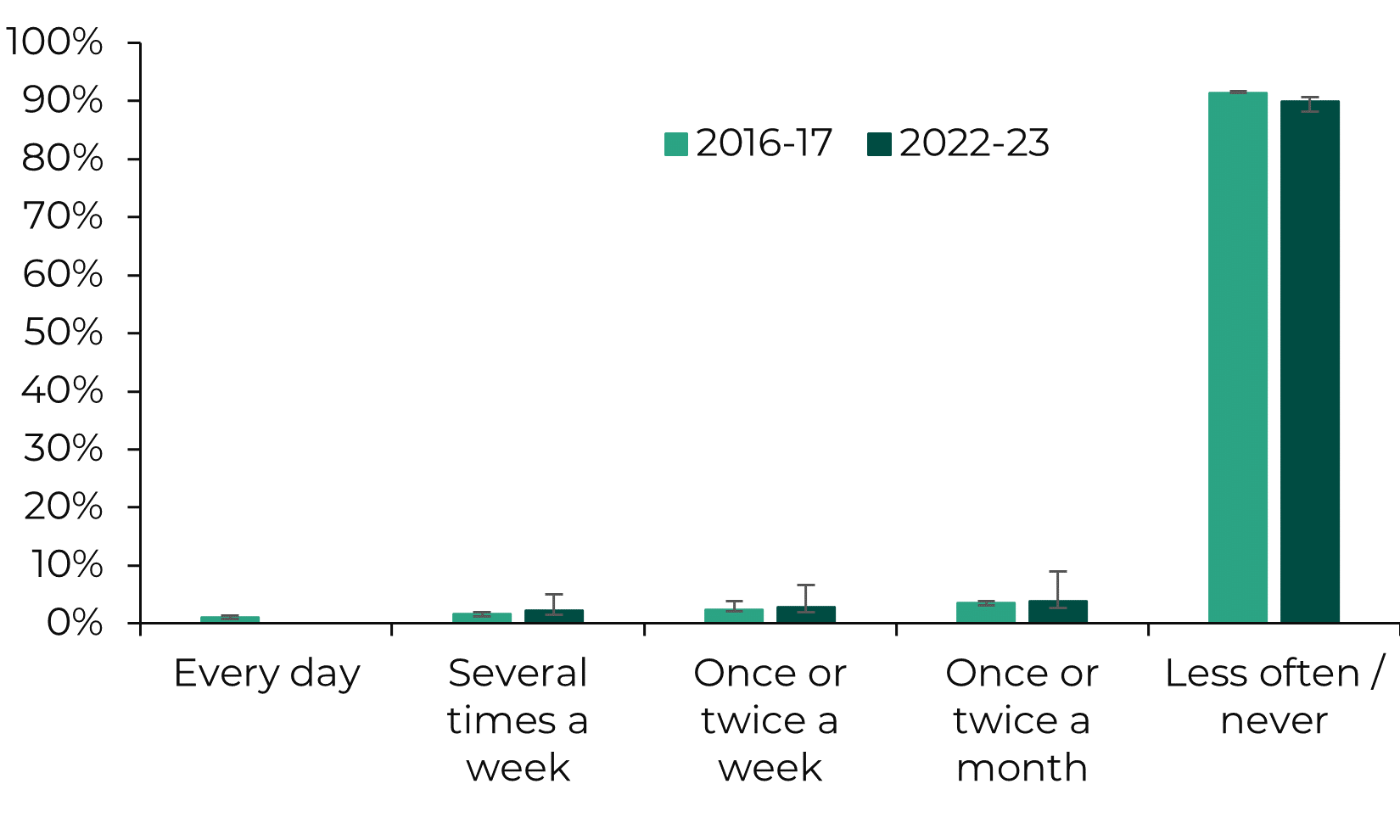
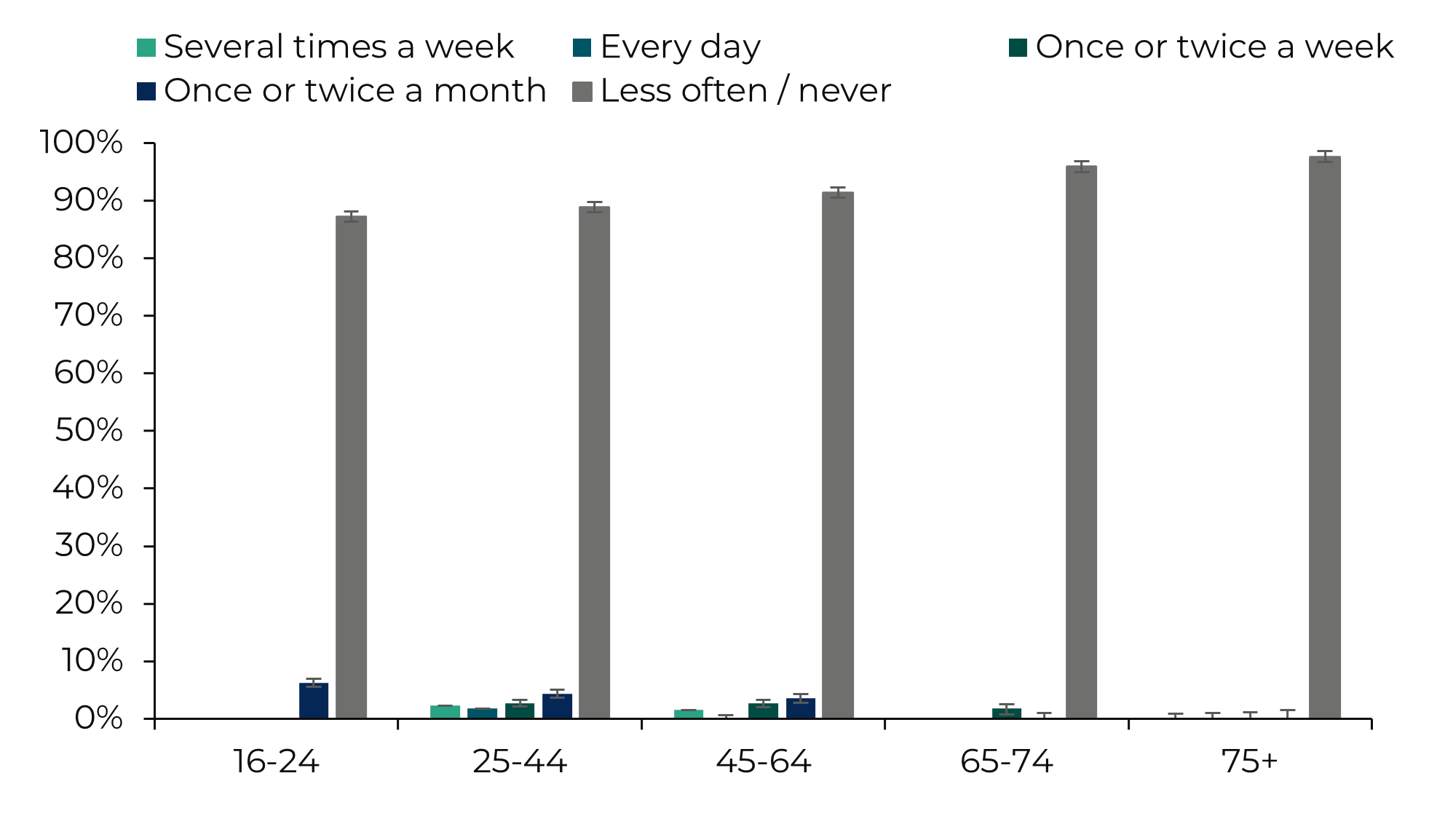
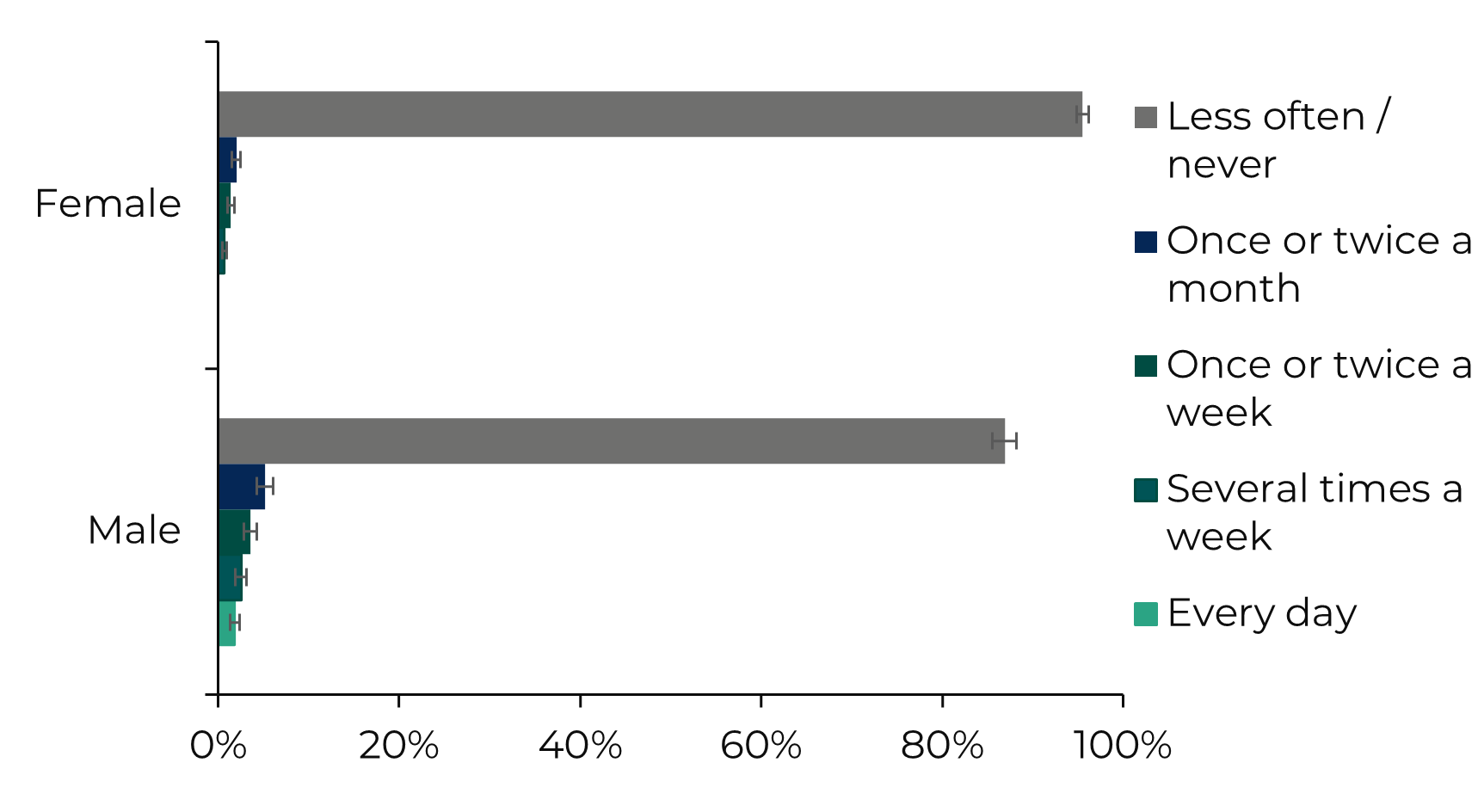
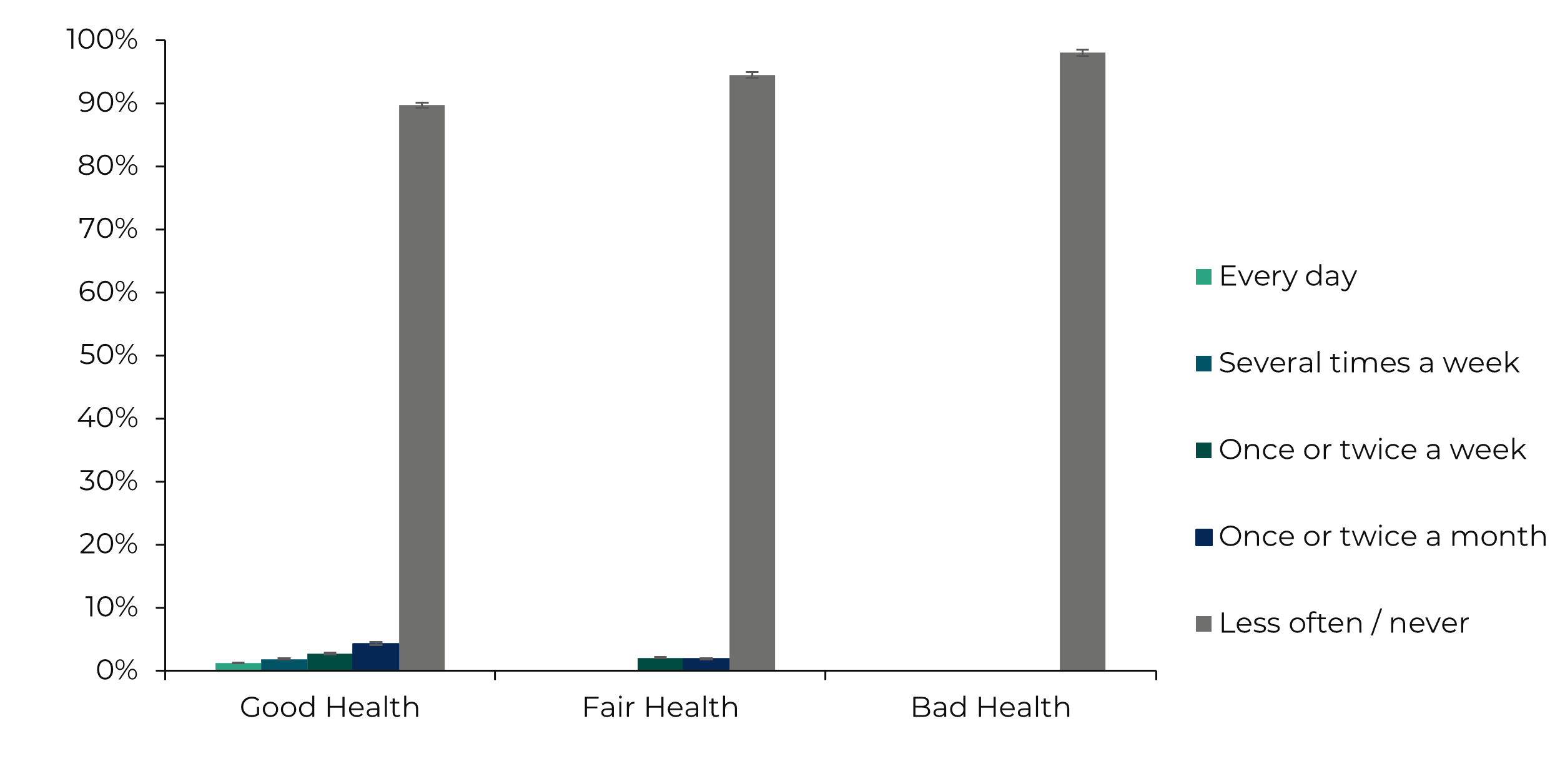
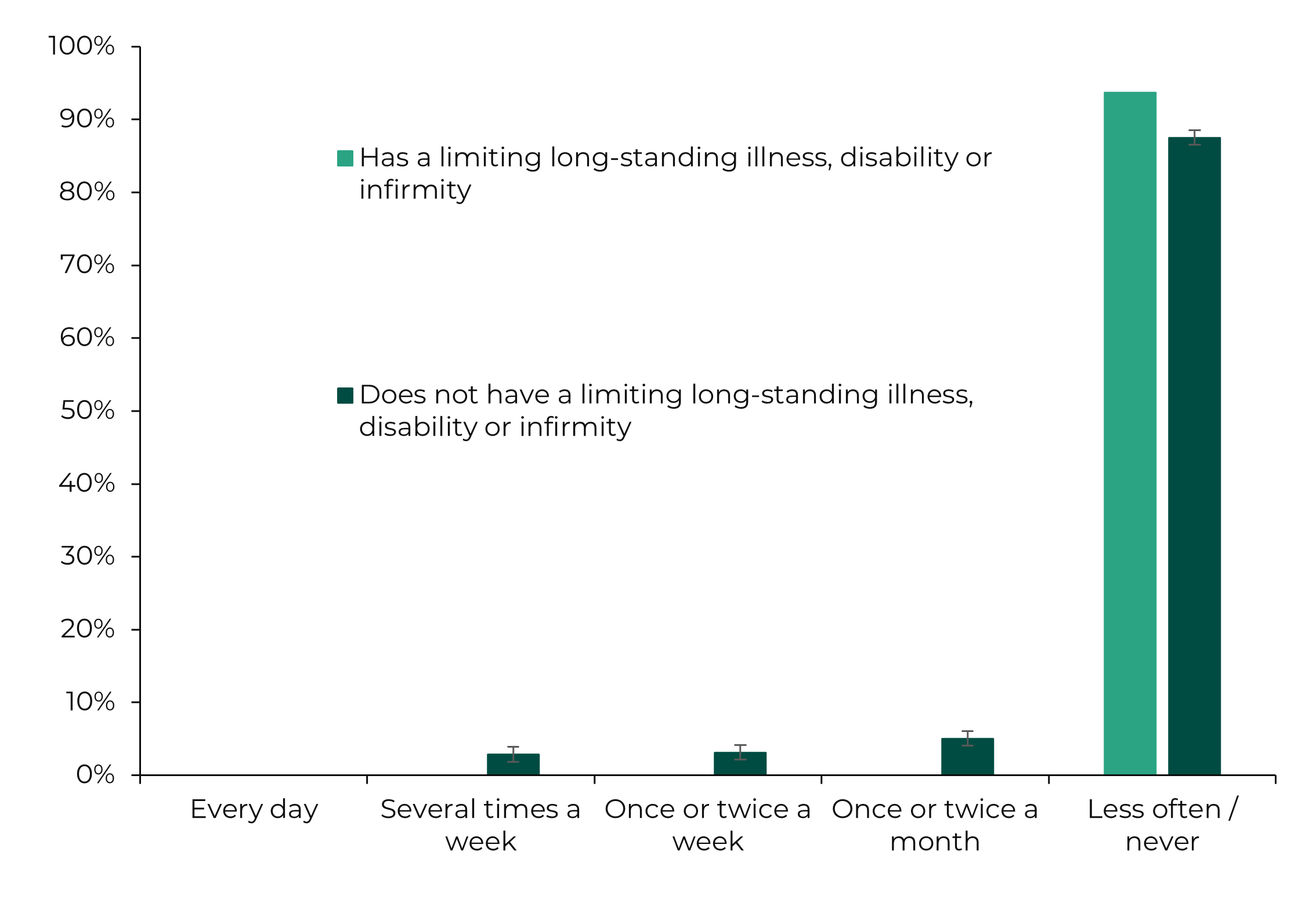
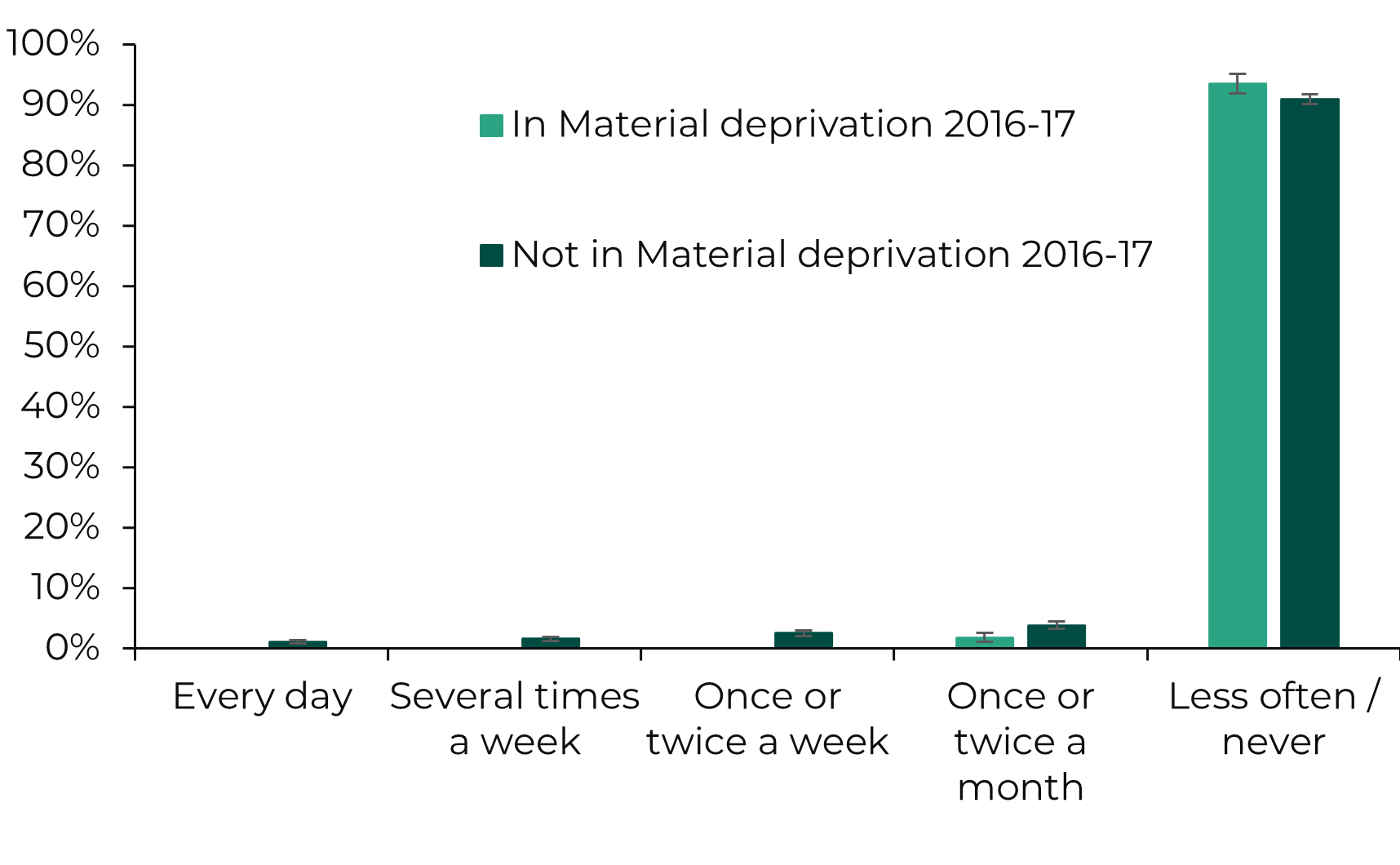
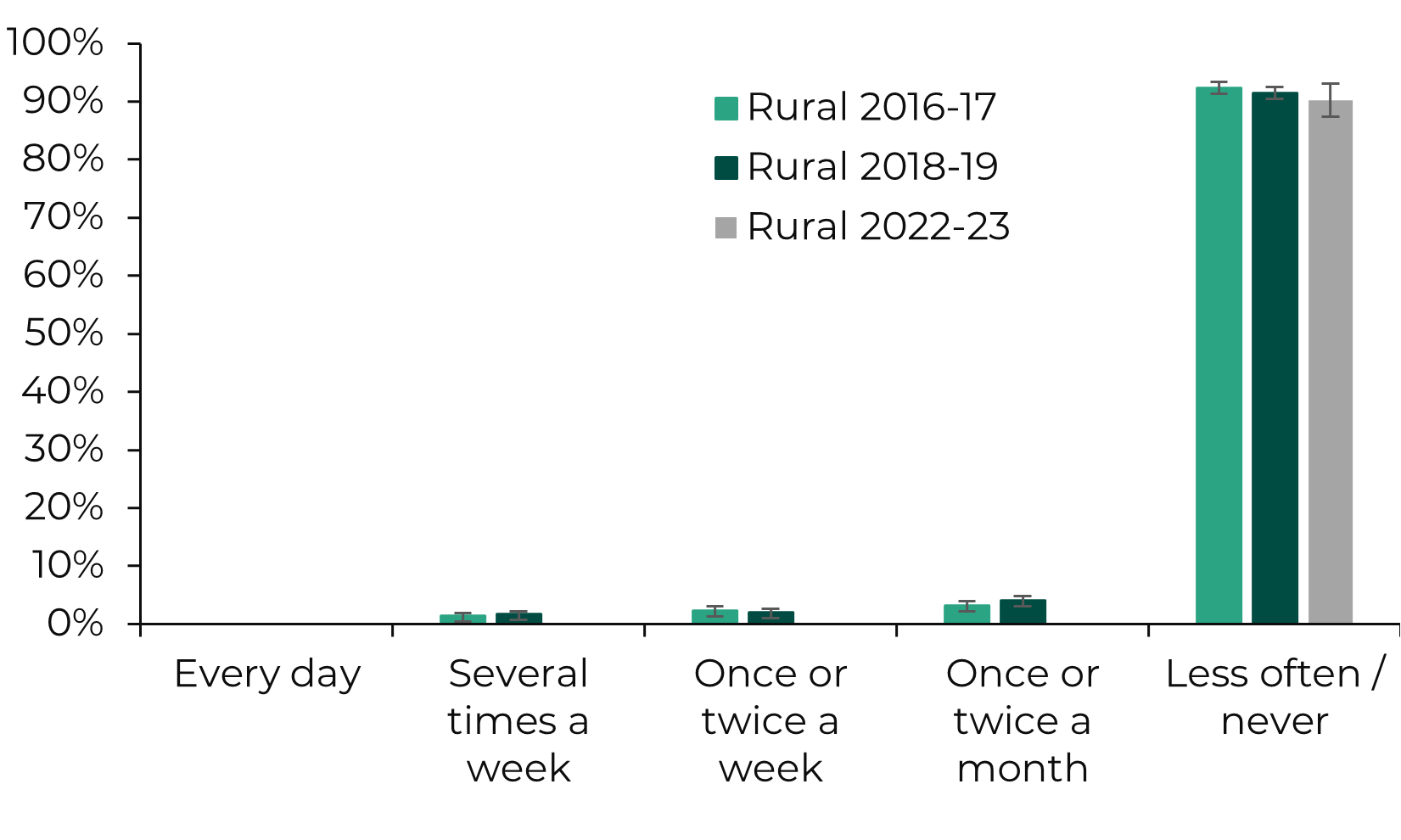
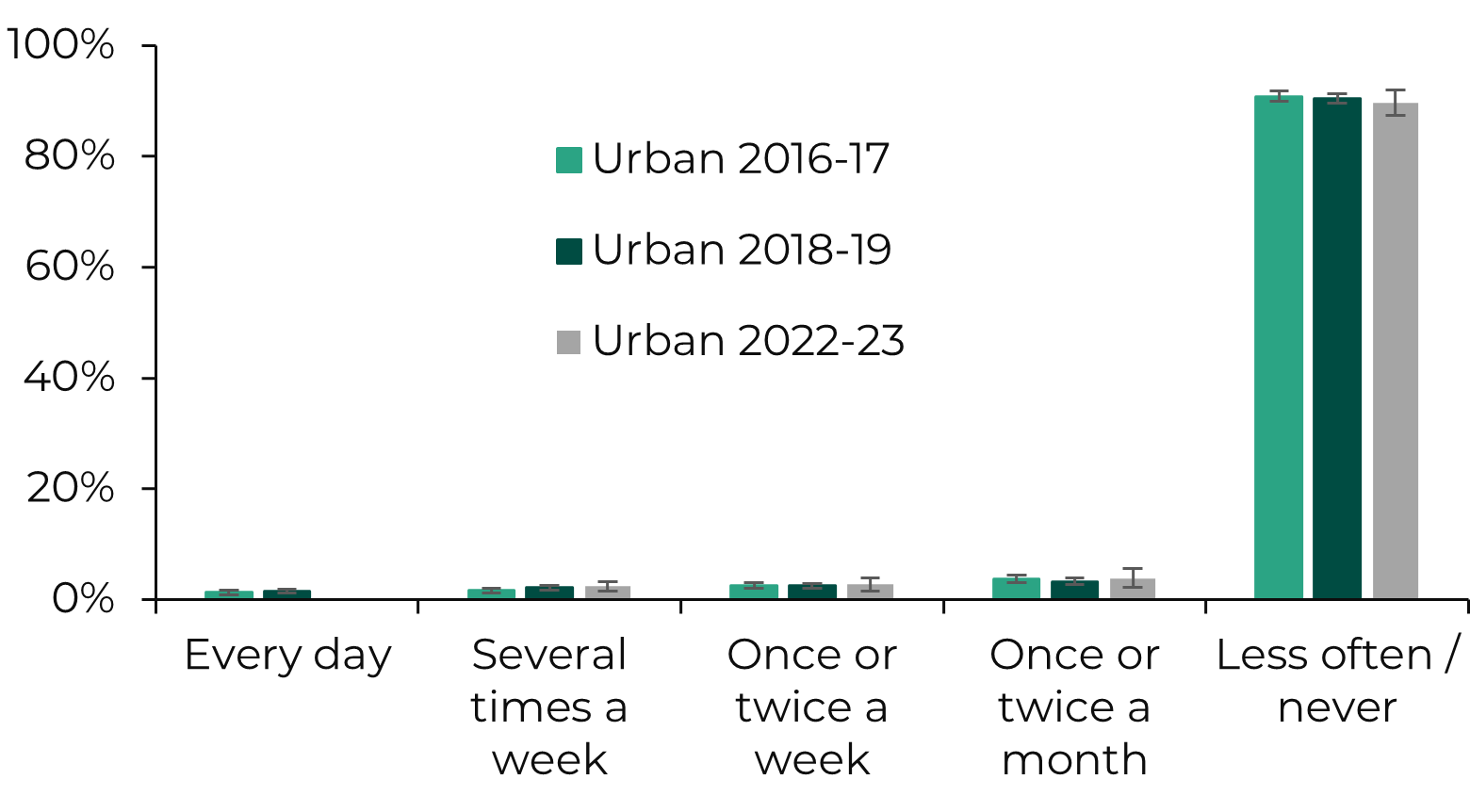
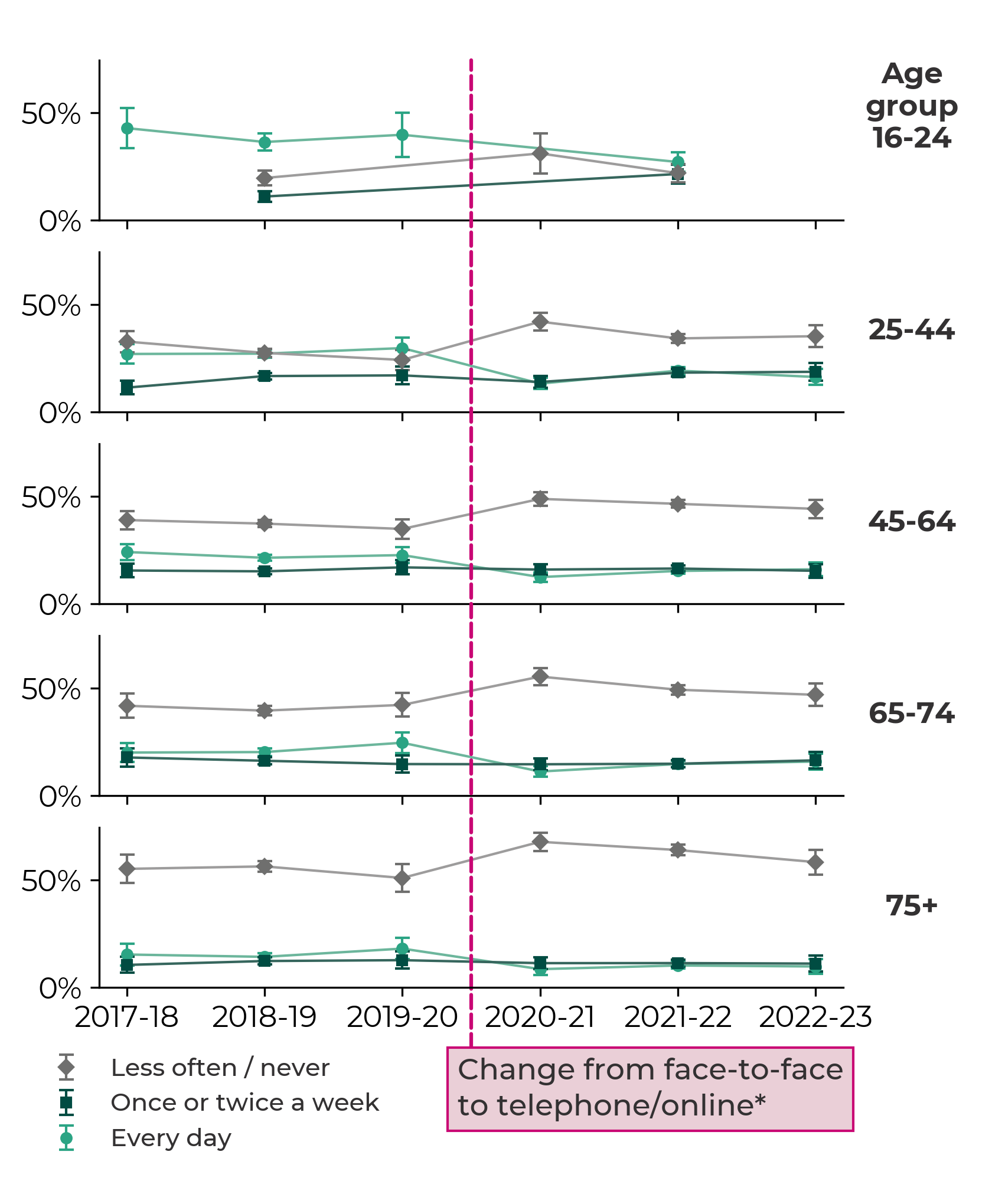 For clarity, data for 'once or twice a month' and 'several times a week' is not shown.
For clarity, data for 'once or twice a month' and 'several times a week' is not shown.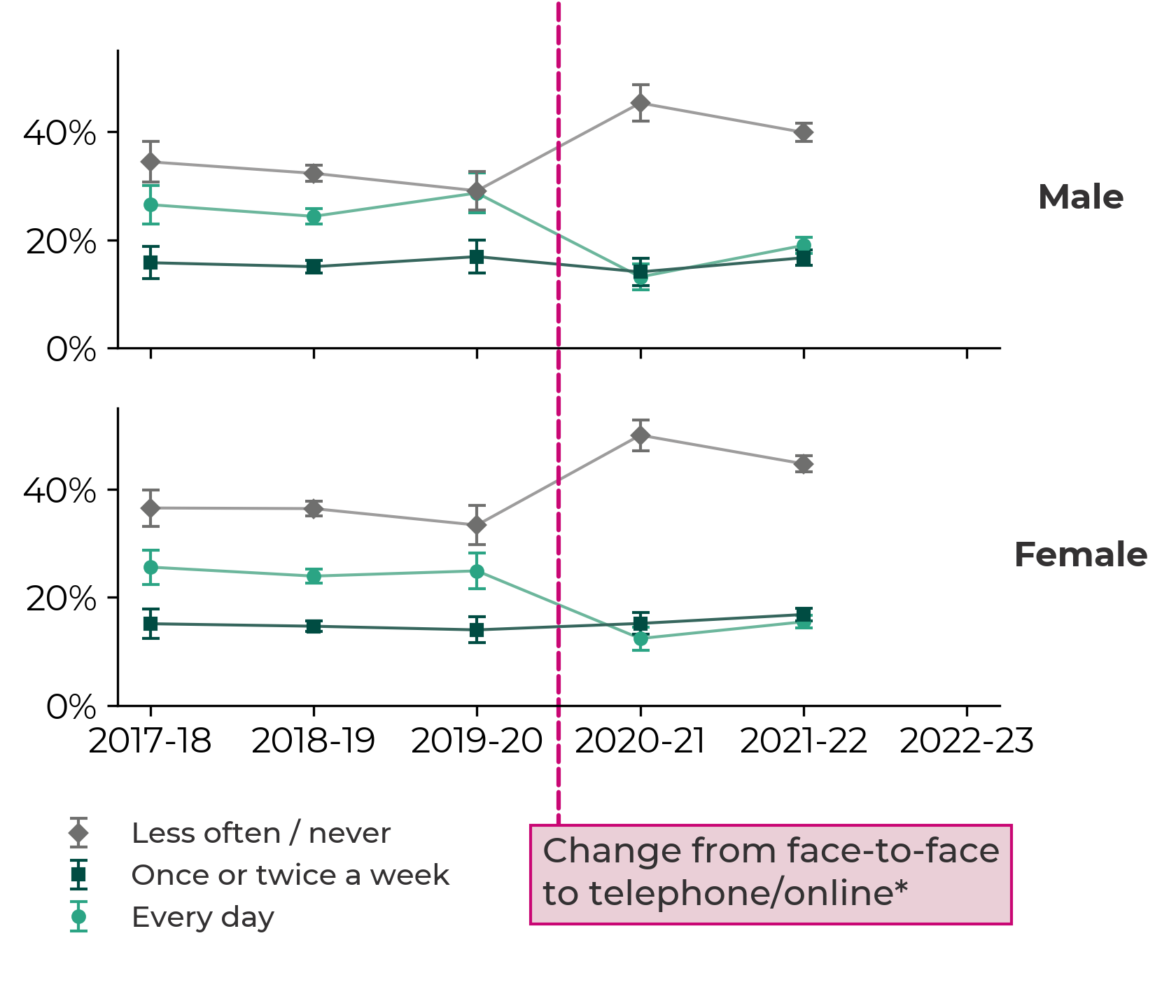 For clarity, data for 'once or twice a month' and 'several times a week' is not shown.
For clarity, data for 'once or twice a month' and 'several times a week' is not shown.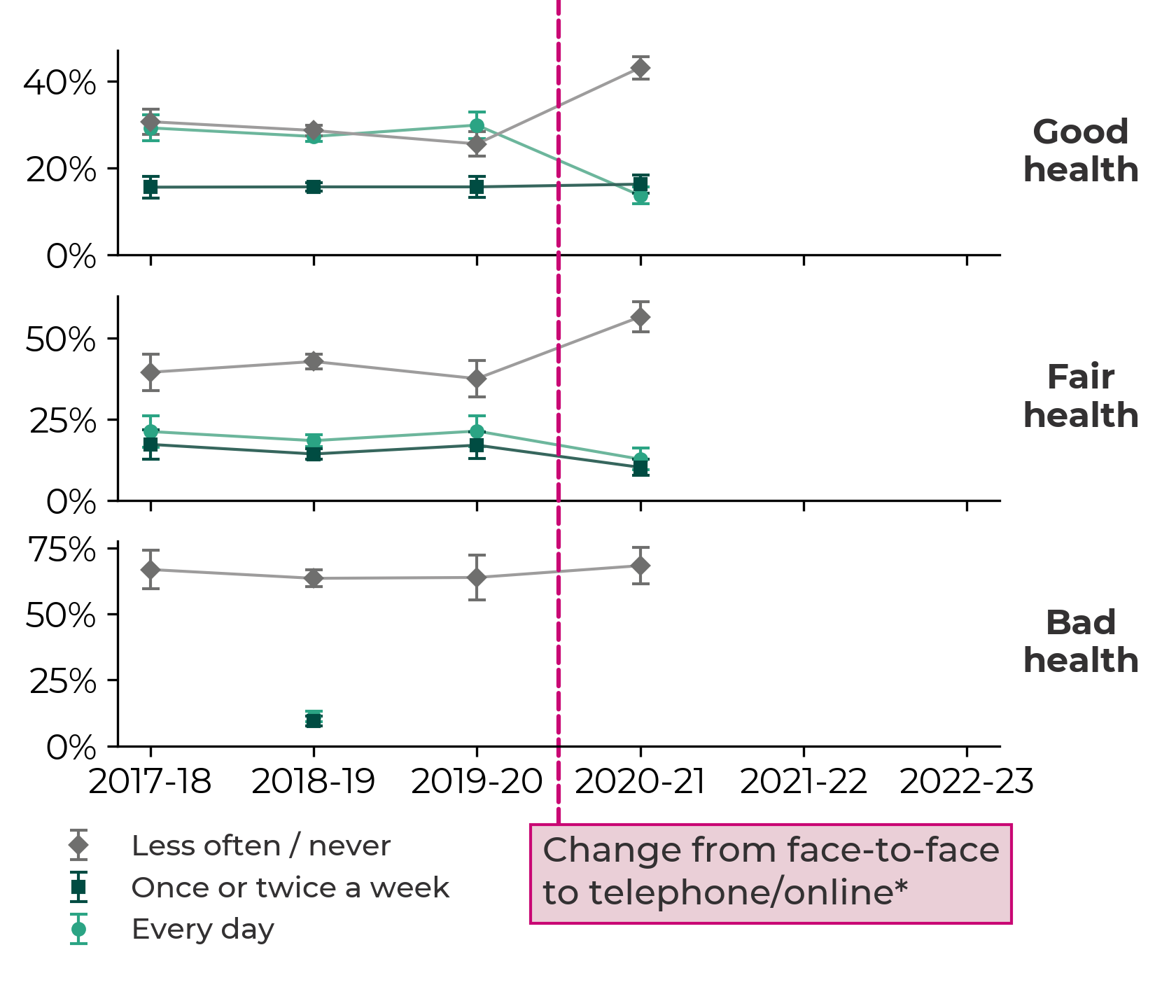 For clarity, data for 'once or twice a month' and 'several times a week' is not shown.
For clarity, data for 'once or twice a month' and 'several times a week' is not shown.
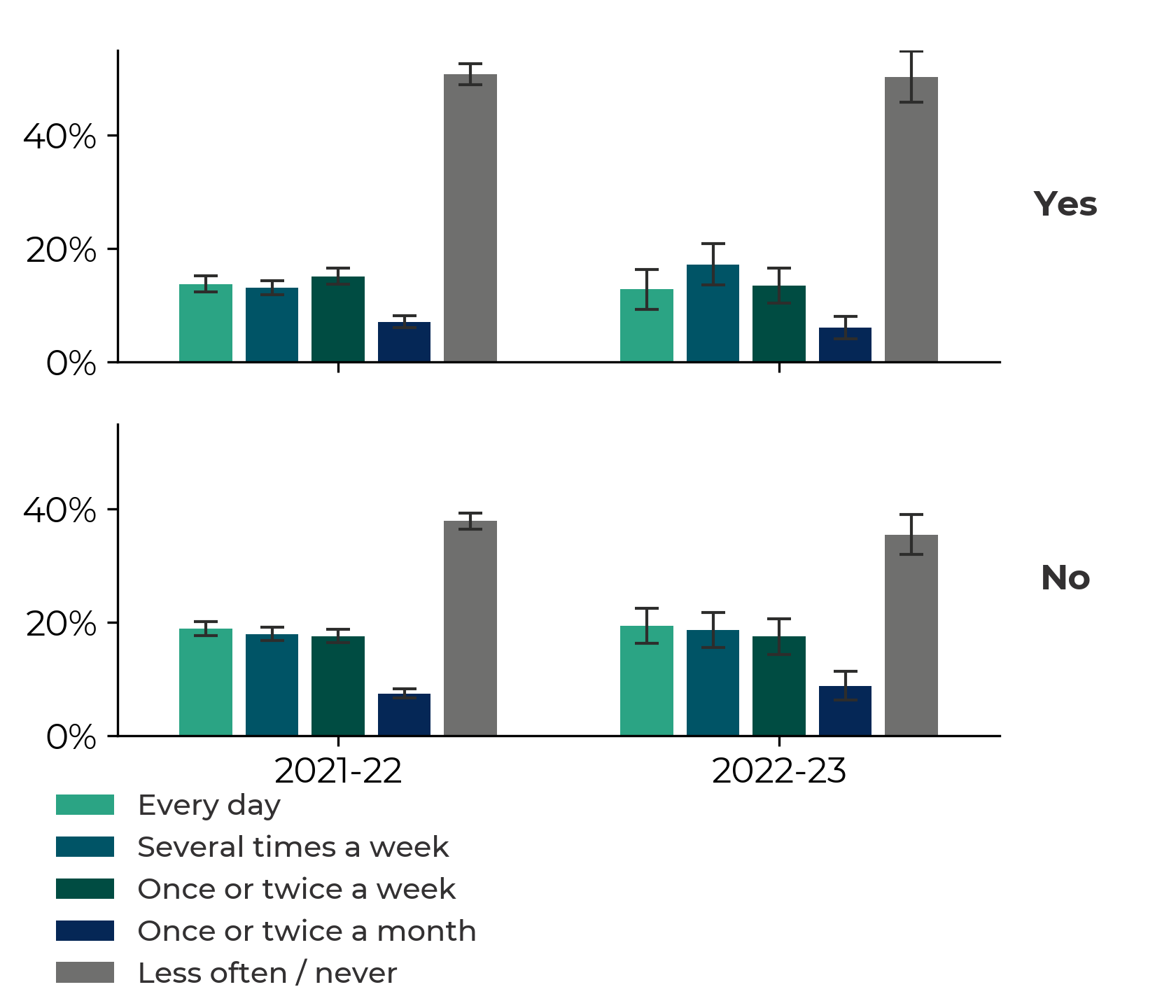
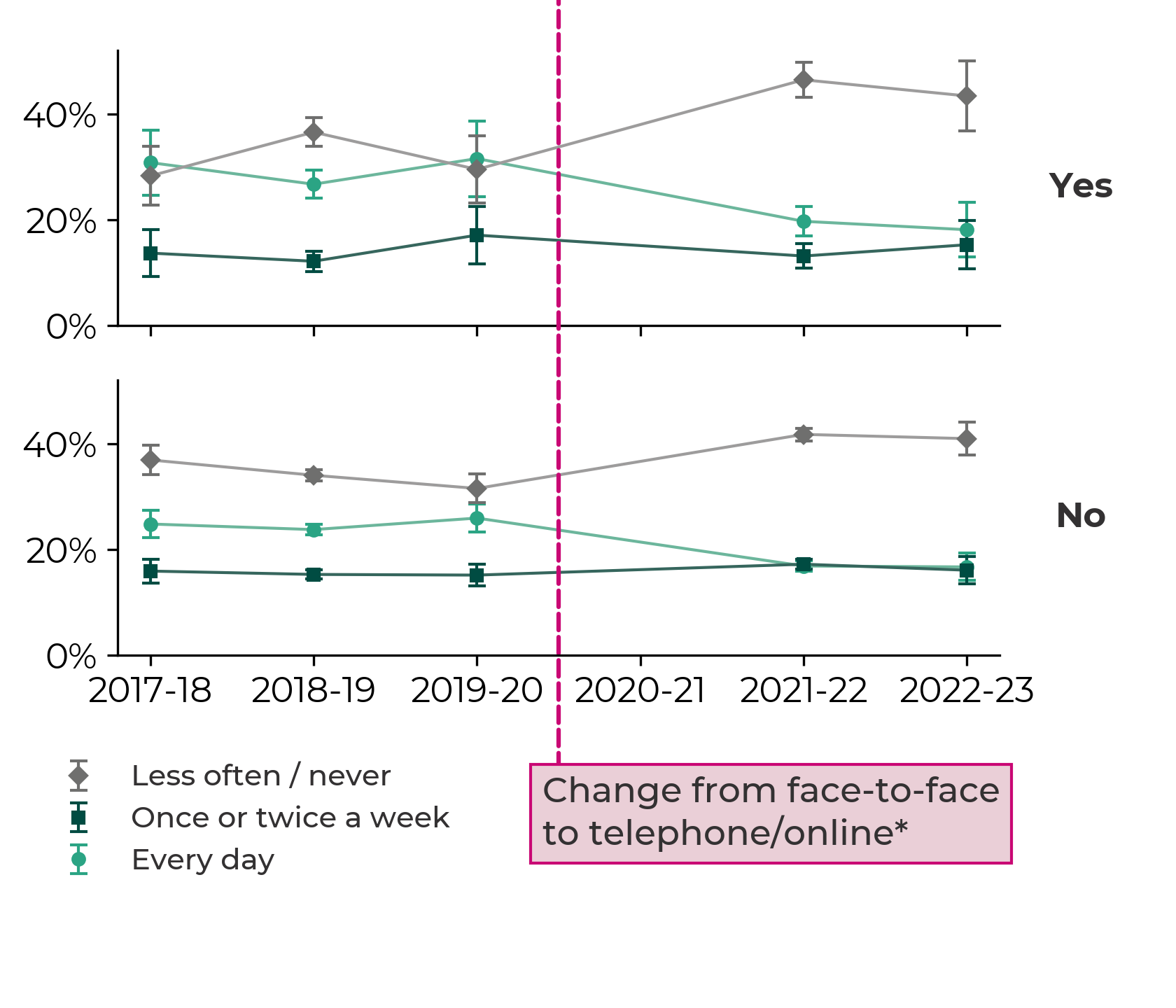 For clarity, data for 'once or twice a month' and 'several times a week' is not shown.
For clarity, data for 'once or twice a month' and 'several times a week' is not shown.
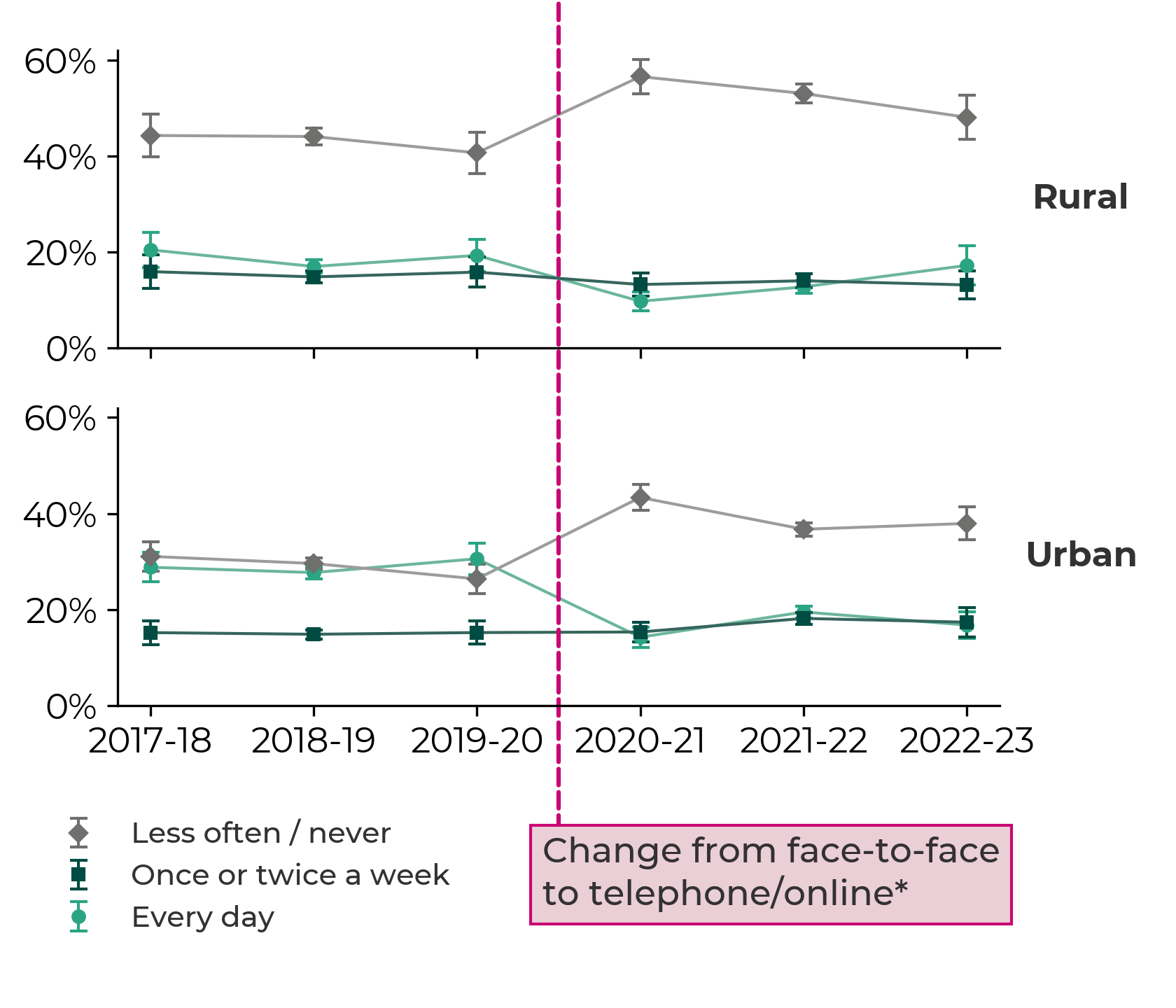 For clarity, data for 'once or twice a month' and 'several times a week' is not shown.
For clarity, data for 'once or twice a month' and 'several times a week' is not shown.
